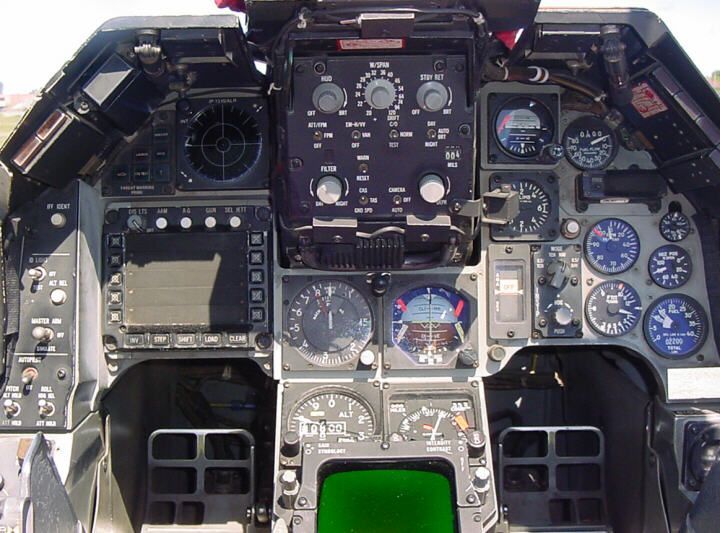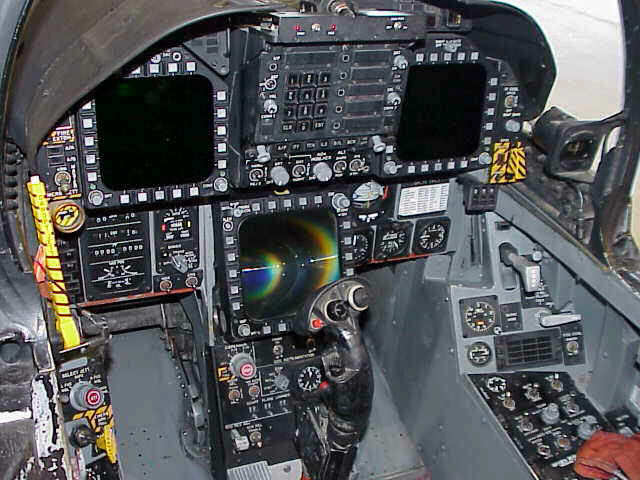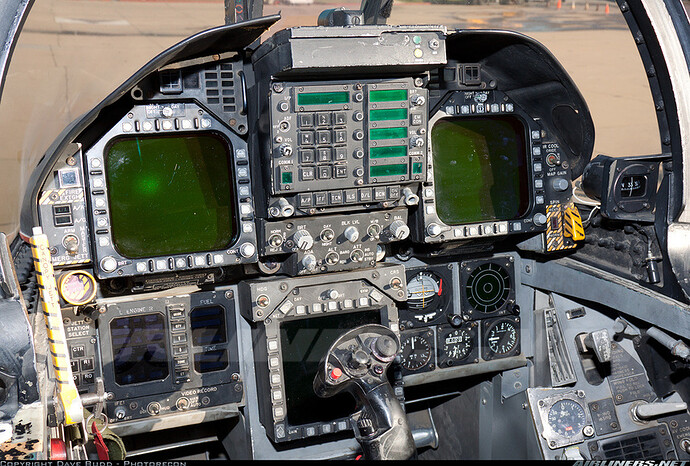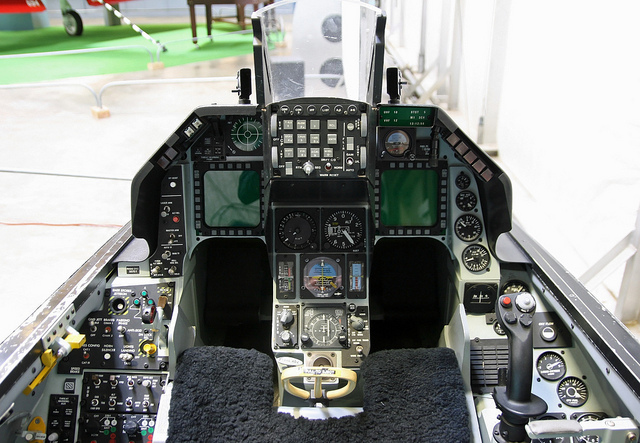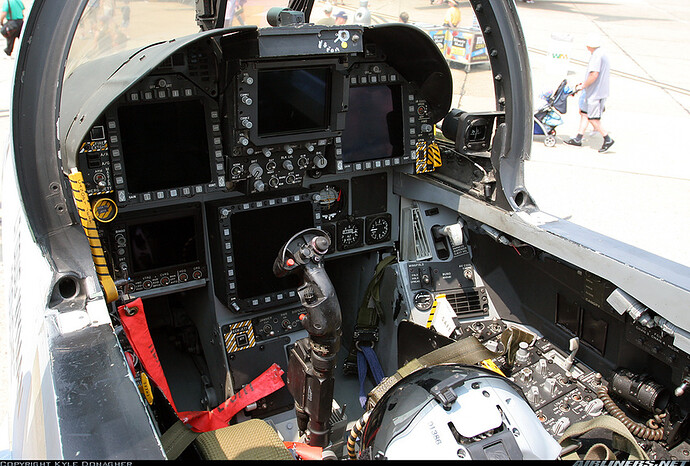So, in response to the further up discussion about manual vs CCIP bombing vs CCRP bombing, vs JDAM vs etc. Since my primary job involves bombs and particularly things like JDAMs, as an F-15E WSO, lemme throw my 2 cents worth in.
First CCIP (or CDIP as we call it in the Strike eagle) IRL we run these exactly the same as a manual bombing pass, because it results in more accurate bombs. If you truly want to see how actual bombing passes with these work, I can get you the data for a bombing pattern, and you will see it is actually quite challenging to get good at, even with the Continuously displayed impact point in the hud. Ultimately you just put the thing on the thing and push the button, but there is a ton of technique involved in doing this.
CCRP ( or any automatic form of release) These are the bread and butter of the strike eagle and where I am most comfortable. If you think these releases are boring, then start looking more and more into why you would be using them with dumb bombs. Once you can get a nav designation in the M2000, rather than thinking of just flying to the target and pickling, start utilizing it for things like lofts, pop up attacks and various tactical things (MK82AIR) that you just cannot do with a pipper on target type mentality. CCRP is the tactical way to go in a high contested threat heavy environment because it allows you to actually fly tactically, as long as you have good target coordinates, or can at least find it. I have had the most fun flying pop or loft passes with an auto release than I do with any kind of CDIP pass.
LGB’s, if you want to see the challenge inherent in LGBs start seeing how to employ them tactically. What we do IRL is usually live on the very edges of the envelope of where the weapon is succesful, IE We pop up, loft the weapon, check away and descend down again with just enough unmasking of the pod to lase the bomb in, and it impacts with around 1 second of time left in the FOV of the pod before the aircraft masks it. This can be much much more of a planning beast than doing any kind of manual attack, and it is a hell of a lot more fun. Instead of trying to set yourself up with a very nice heart of the envelope attack where its dogballs easy to hit, start playing with the edges of the envelope. Put a threat in that you cannot pop up for very long to engage, but that you have to be super precise with your bombs.
This is mainly talking GBU-12’s/10’s, GBU 24’s (and any Paveway 3 weapon) are an entire other beast. It can take hours to plan a single drop of one of these to make it plan its desired weapons effects, because of the unique design and performance issues inherent in the weapon. It is literally too smart for its own good and you have to mission plan around what it will automatically try and do, which can result in spectacular results or horrendous misses. IE you dropped it 1/2 a mile too far from the target and it never saw the laser point, and flies 5 miles long of the target.
Finally JDAM’s. If you want JDAM’s to be fun start flying into threat environments where you have to target and get accurate bombs off really fast, and dont have time to lase something. Then the fun comes much less from the bomb release, but from the attack itself.
For Example, at Red Flag Alaska we were going out swing roll witha 5x1 A/A loadout with a rack of 4 GBU-39 SBD’s on the centerline station and 2xGBU-31’s on the Left CFT. We have preplanned targets for the GBU-31’s, and 2 of the GBU-39’s whilst we are also engaging the Red Air along the ingress for the entire package.
Whilst in the middle of several SAM Wezzes that are trying to shoot us.
There were several instances where as we are shooting an AMRAAM at something, as the WSO you holler “A/G MODE!! PICKLE!!! A/A MODE!! SHOOT!!” and we fling JDAMs at targets whilst committing on a bandit, or running cold from the bandit. Or we have fallout, or someone dies on the ingress and we have to pick up their targets on the ground, again not possible at all without JDAMs.
All this being said I too have fun running in and doing Manual passes in the F-5 or in any old plane like this, but start thinking about what you can do with the other options available to you and it is definitely not less fun, it just opens up a lot more to what you can do.

